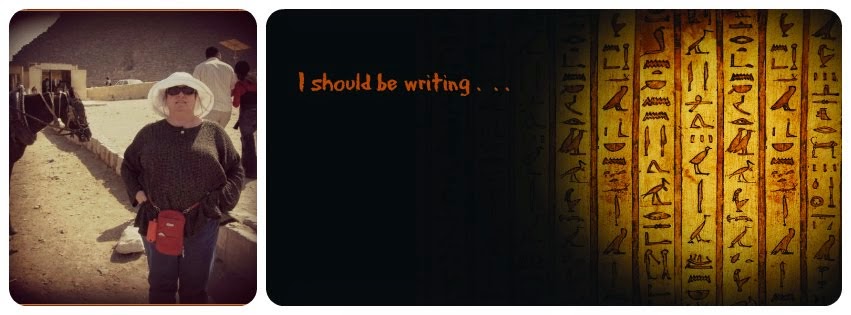
Ancient Egypt In London: 10 Places
Ah London. Land of sphinxes, pyramids and obelisks. Home of hieroglyphics. Final resting place of great pharaohs. Nope, we haven't gone off our rocker. Since the late 18th century London has been gaga for all things ancient Egyptian. In fact, we reckon it's the best place to see Egypt outside of Egypt.
Abydos: Life and Death at the Dawn of Egyptian Civilization
New evidence shows that human sacrifice helped populate the royal city of the dead.
King Aha, "The Fighter," was not killed while unifying the Nile's two warring kingdoms, nor while building the capital of Memphis. No, one legend has it that the first ruler of a united Egypt was killed in a hunting accident after a reign of 62 years, unceremoniously trampled to death by a rampaging hippopotamus. News of his demise brought a separate, special terror to his staff. For many, the honor of serving the king in life would lead to the more dubious distinction of serving the king in death.
3,400-Year-Old Underwater Temple from Era of Thutmosis III Discovered near Cairo
Featured image: One of the blocks found with hieroglyphics in the newly-discovered temple linked to the reign of Thutmose III. Credit: Ahram Online
The Minister of Antiquities in Egypt has announced the discovery of an ancient Egyptian temple near Cairo, from the time of Pharaoh Thutmose III. The ancient temple was found beneath a house, submerged under groundwater, by a group of looters who used diving equipment to explore the nine-meter deep ruins. Seven tablets, two blocks covered in hieroglyphics, several column bases and a huge statue of a seated person made of pink granite have been unearthed so far.
Canopic inspiration
The Rich in Vitamin Art exhibition comprises of a series of ceramic 'Canopic Jars', drawing from modern day obsession with fame, commemorating celebrities’ lives, specifically relating to the organ which causes their death.
Sopdet is a Real Scorcher! — Sirius At Heliacal Rising
Sirius marks the nose of Canis Major, the Greater Dog. That much I'll concede. In ancient Egypt circa 3000 BC, the star's return at dawn after its ~70 day hiatus in the daytime sky coincided with the flooding of the Nile River, the lifeline of Egypt then as today. Floods deposited precious silt that fertilized the farmlands along the river. Since 1970, when the Aswan Dam was completed, floodwaters are now stored for later release.
Pharaoh's Sandal Obsession
Photos from the Grand Egyptian Museum
Some of the nearly 100 pairs of sandals that were found in the Tomb of Tutankhamun.
The gold pair were the ones found on the feet of his mummy.
Egyptian symbols defined
Ministry of Antiquities July Newsletter
Click the link above to read the entire newsletter.










No comments:
Post a Comment
Note: Only a member of this blog may post a comment.